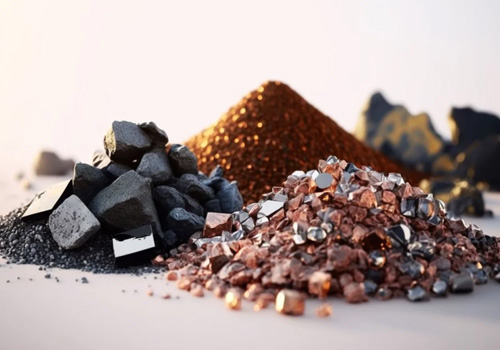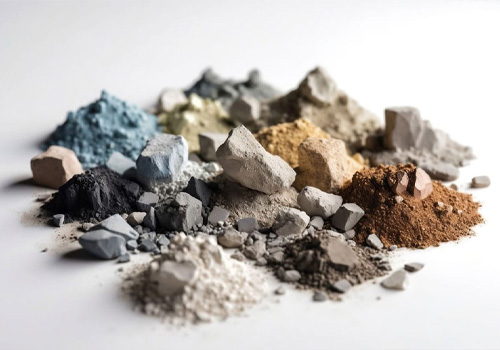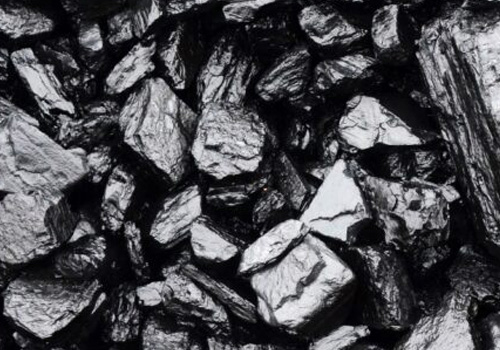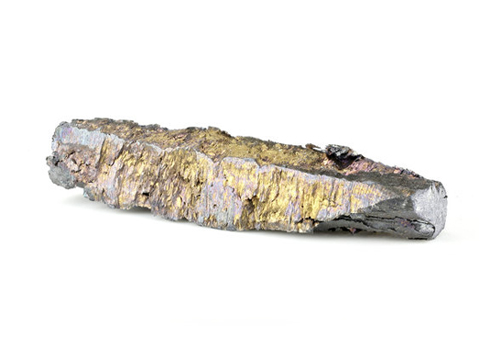

Rare earth elements (REEs), particularly the lanthanides found in pegmatite rocks within certain mineral claims, have extensive applications in modern technology and medicine due to their unique physical and chemical properties. With a market price of $4300/ton, these elements are instrumental in advanced medical technologies such as cancer imaging and therapy. Lanthanides enhance the clarity and precision of diagnostic tools, enabling better visualization of internal bodily structures, and are used in treatments due to their ability to target cancer cells effectively.


In addition to medical applications, lanthanides are crucial for night vision technology, where their high density and high melting points ensure reliability and durability in various environmental conditions. The ongoing research into their use in solar cell technology reflects the versatility of REEs. As the demand for renewable energy solutions grows, rare earth elements are being studied for their potential to improve the performance and efficiency of solar panels, which could lead to significant advancements in the capture and utilization of solar energy.
Rare minerals play a crucial role in the medical field, impacting both the development of new treatments and the overall growth of the healthcare sector. MCML’s claims host rare earth elements in its pegmatites such as Cerium, Lanthanum, and Yttrium each of which have projected significant growth rates in the current and emerging alternative energy markets and their medical applications. The pegmatites display a wide range of color, texture, and mineral type complexity. They also present a range of hues under different lighting wavelengths.


LANTHANUM
The global lanthanum compounds market was valued at $53 billion USD in 2022, with an estimated growth rate of 6.3%. It is used in medicine as a phosphate binder in pharmaceuticals. Radioactive lanthanum is also being used in the treatment of cancer and as biological tracer. Two of the hardest cancers to treat are brain and cervical. Lanthanum has a high success rate in treating both these cancers. Lanthanum can be used as a glass additive, catalysts, ignition components, cathodes, and scintillators. Each EV vehicle requires roughly 10 kg of lanthanum to produce. With a price of $4,300 / tonne USD, the value of lanthanum is pronounced.
GRAPHITE
The flake graphite market is always searching for very high purity graphite, but most suppliers can only produce grades in the range of 96%. The MaxPure property area has traditionally supplied organic large flake graphite in the range of +99%. The global analysis indicates that there will be a significant drop in supply for flake graphite by 2025. Benchmark Mineral Intelligence forecast, that between 2022 to 2035 an additional 97 new 56,000 tonnes per anum mines are required globally to meet the surging demand. The average forecasts indicate the demand for flake graphite will rise from 8 to 25 times by 2040. Graphite from this area has already been developed, refined, and sold as feed for energy cells and other significant industries. Graphite is also used to produce graphene, a single layer of carbon atoms with exceptional strength and conductivity. Graphene has potential applications in electronics, aerospace, and biomedicine. As a note, the synthetic graphite is primarily used for steel and smelter anodes, and refractory bricks. The synthetic graphite is made from a byproduct from the oil industry which is substandard to natural graphite and much more expensive to produce.


CERIUM
The global cerium market size was valued at $235 million USD in 2020 with an expected growth rate of 3.8 % to 2028. One of the main uses of cerium is as a glass polishing agent for a host of products from eyeglasses, silicon wafers, to liquid crystal displays. A key application is as an air purification agent in catalysts where it assists in removing hydrocarbon gas pollution.
YTTRIUM
Rare minerals like yttrium are used in cancer treatment. Yttrium-90 are used in targeted radiotherapy, where they are attached to molecules that target cancer cells, delivering radiation directly to the tumor to minimize damage to surrounding healthy tissue, including treatment of liver cancer and other forms of cancer. Yttrium is widely used to produce phosphors for cell phones and larger display screens and general lighting.
